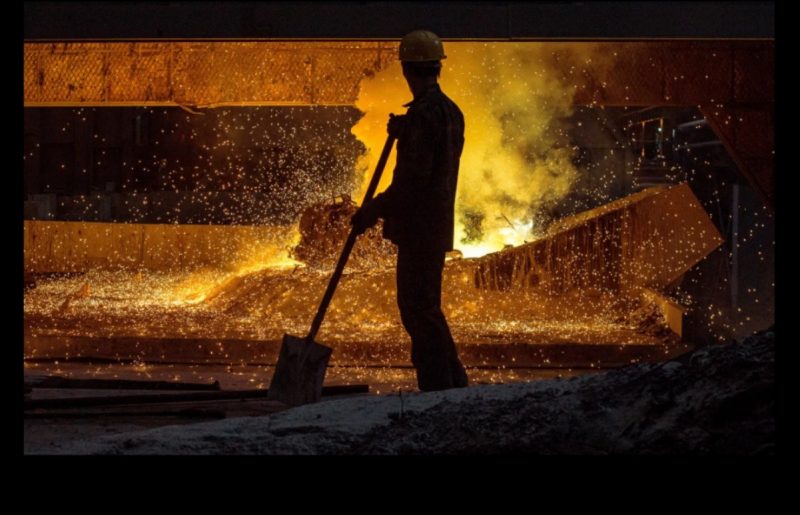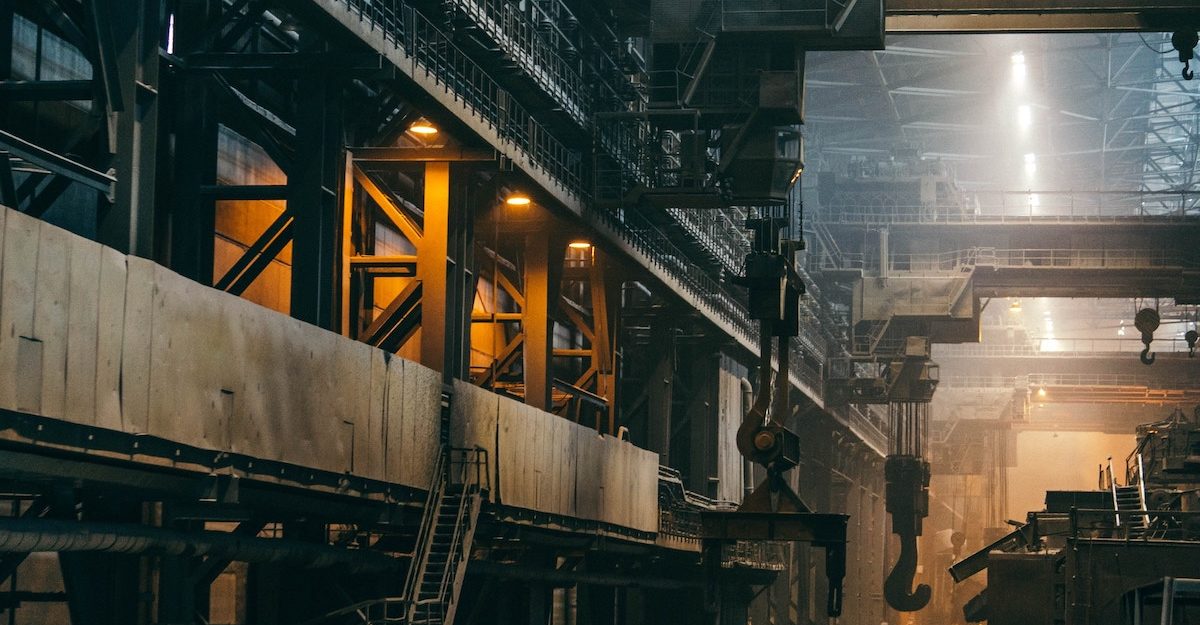
Global Steel Production Trends in May 2025
Global steel production in May 2025 totaled 158.8 million tons, marking a 3.8% decrease compared to May 2024. Despite this yearly decline, production rose by 2% from April 2025, reflecting slight month-on-month recovery. These figures come from the World Steel Association’s latest data covering 70 steel-producing countries worldwide. The overall production trend reveals ongoing challenges across several major steel markets.
The CIS countries plus Ukraine saw a significant production drop of 8.1% year-on-year, producing 7 million tons of steel in May. Ukraine’s steel output decreased by 13.8% year-on-year and 8.1% compared to April, producing 635,800 tons. The data highlights ongoing disruptions in the region. These declines contribute heavily to the global production downturn and signal continued economic and geopolitical pressures.
Top Steel-Producing Countries and Regional Insights
China remains the largest steel producer with 86.6 million tons in May, though it experienced a 6.9% decline year-on-year. India recorded strong growth, increasing output by 9.7% to 13.5 million tons, reflecting robust industrial demand. Meanwhile, production in Japan fell by 4.7%, and Russia saw a 6.9% drop. Other notable movements include increases in steel production in the USA (+1.7%), Iran (+4.5%), and Brazil (+5%), while South Korea, Turkey, and Germany faced declines.
From January to May 2025, global steel production decreased 1.3% year-on-year to 784 million tons. In the CIS plus Ukraine region, the decline was sharper at 4.7%, totaling 34.8 million tons. Ukraine’s five-month total reached 3.06 million tons, down 2.5% from the previous year. These figures illustrate uneven recovery and highlight persistent challenges in several regions.
SuperMetalPrice Commentary:
The 3.8% year-on-year decline in global steel production highlights how geopolitical tensions and shifting economic conditions continue to impact the metals sector. China’s output reduction strongly influences global trends, while India’s growth underscores shifting production centers. Meanwhile, CIS countries and Ukraine face significant pressures, affecting supply stability. As steel remains critical for infrastructure and manufacturing, market participants should monitor evolving regional dynamics closely. The slight monthly rebound suggests potential stabilization, but long-term uncertainties persist amid global economic transitions.











Leave a Reply
You must be logged in to post a comment.